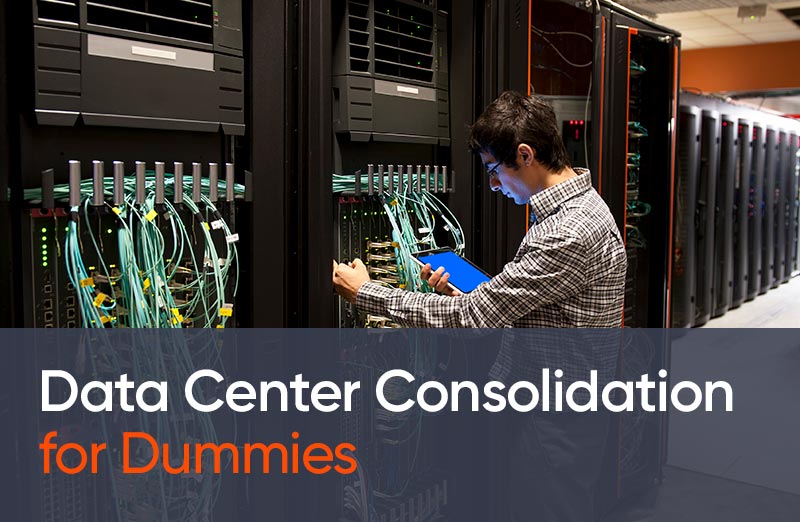Developing and changing is a large part of any viable business’ strategy. With emerging technology and new advancements, this is especially crucial because as business needs evolve, data center needs do too. This means optimizing everything from hardware to storage to improve efficiency. The best way to start is through consolidation.
Data center consolidation can be anything from minimizing equipment across multiple data campuses to create a data center that runs more efficiently on less equipment or even a combination of the two. Consolidation is especially prevalent among enterprises changing business strategies to something like virtualization and cloud-based platforms.
Budgeting and Cost-Savings
Moreover, budget restrictions for IT resources continue to be one of the most influential forces motivating cost-saving measures. Luckily, the cost-savings that come with consolidation are substantial. If a data center location can be eliminated, operational costs like energy expenses are also eliminated. The same can be said for backups or software platforms that can be migrated to fewer servers. You can also minimize storage arrays to free up valuable floor space. Paired with other easily achievable strategies, such as the use of third-party maintenance, can result in high return for enterprises willing to implement the changes.
Software and Platform Consolidation
As mentioned, consolidation is not limited to physical hardware, but can also apply to software and platforms. Audit software performance to provide actionable insight and data analytics to ensure that continued space allocation is worth your server usage. Software should be reallocated, when appropriate, as part of the consolidation. Don’t let redundancy slow your servers down.
Planning and Strategy
To most effectively consolidate, a strategy must be in place. A detailed understanding of how servers interact to enable computing, networking, storage, and security allows IT personnel to accurately depict and assess what areas have the agility for migration and what areas need to be consolidated. Between infrastructure planning and utilization reporting, risk can be limited. This is crucial to ensure current business operations do not face downtime or other latency problems. Also be sure to include an uptime and disaster recovery plan to improve resiliency and keep your data secure. This can only be achieved with thorough planning because even minor changes affect user experiences.
Contracts and Vendor Consolidation
One additional consolidation that we don’t want to skip over is the consolidation of contracts. Though indirectly related, the fewer contracts you have in your data center mix, the higher your cost-savings. With one maintenance and network solution partner, you can empower your data center without the headache of manufacturer life-cycles. Navigate the complex IT web for the fit that is best for you. It’s part of our Curvature promise.
Improve productivity, reduce costs, and standardize infrastructure by taking a consolidation approach. The cost-savings between consolidation, third-party maintenance, and pre-owned hardware are all feasible methods to bring your IT spend down. To learn more about leveraging a network solution that works, contact Curvature today.



